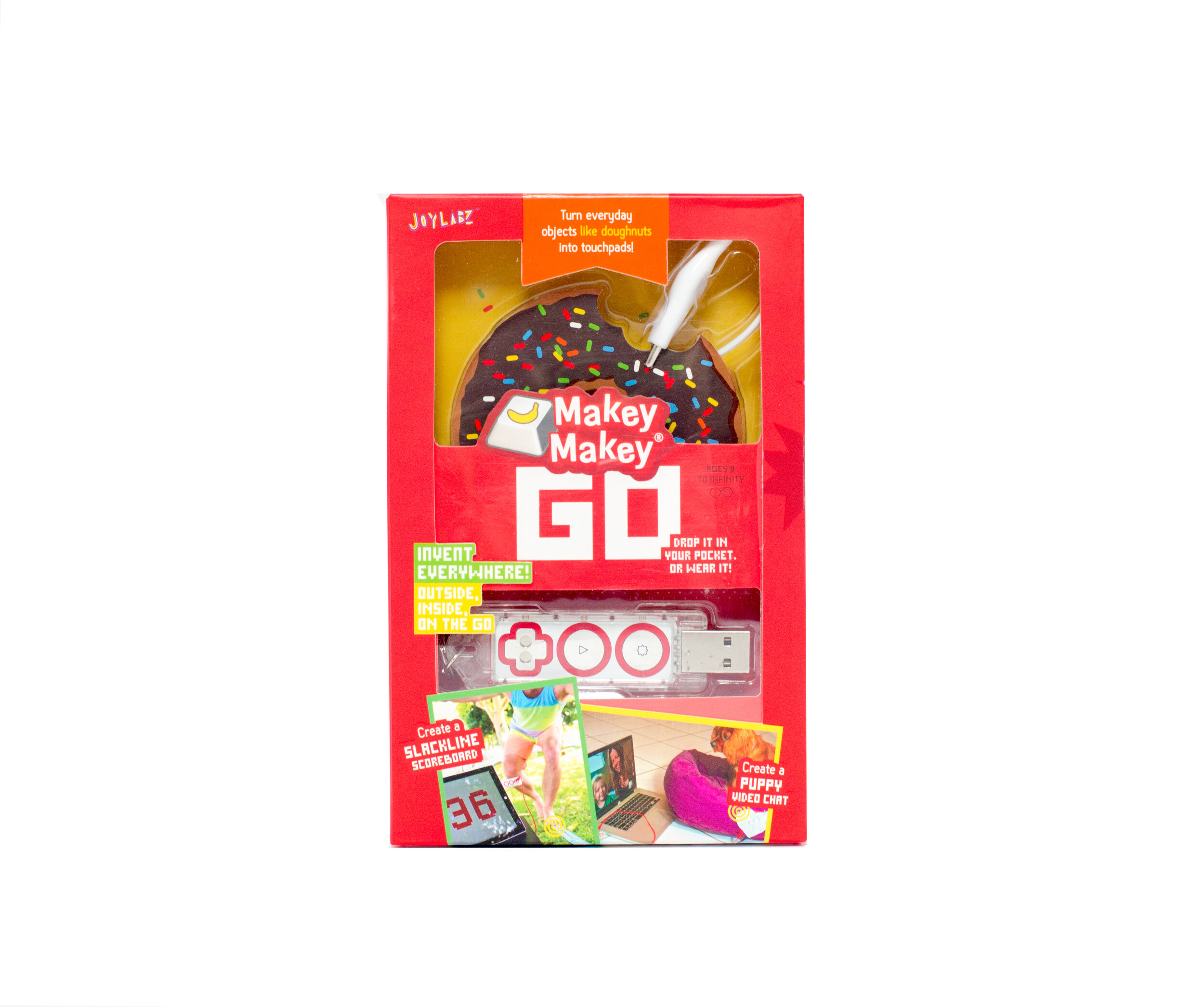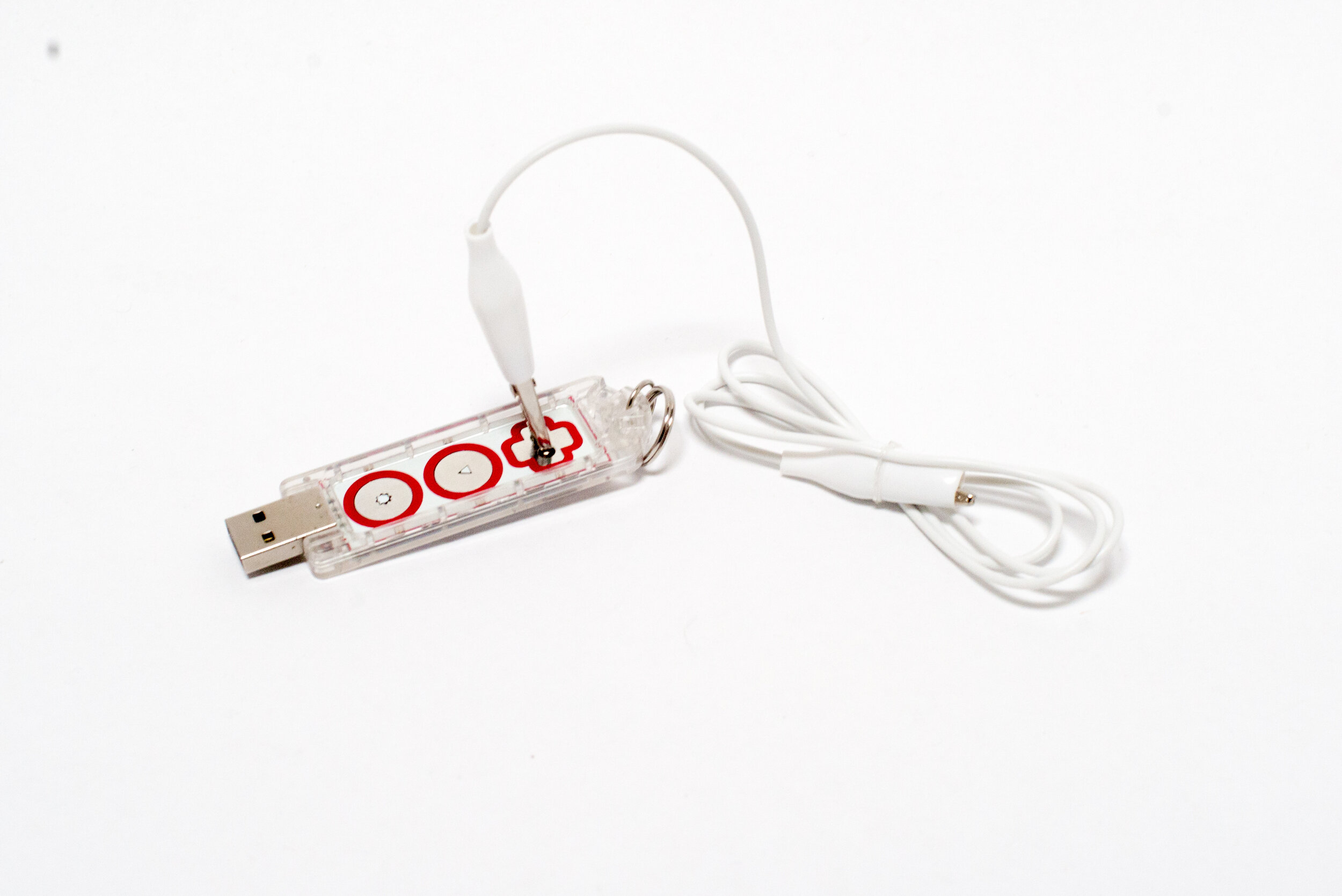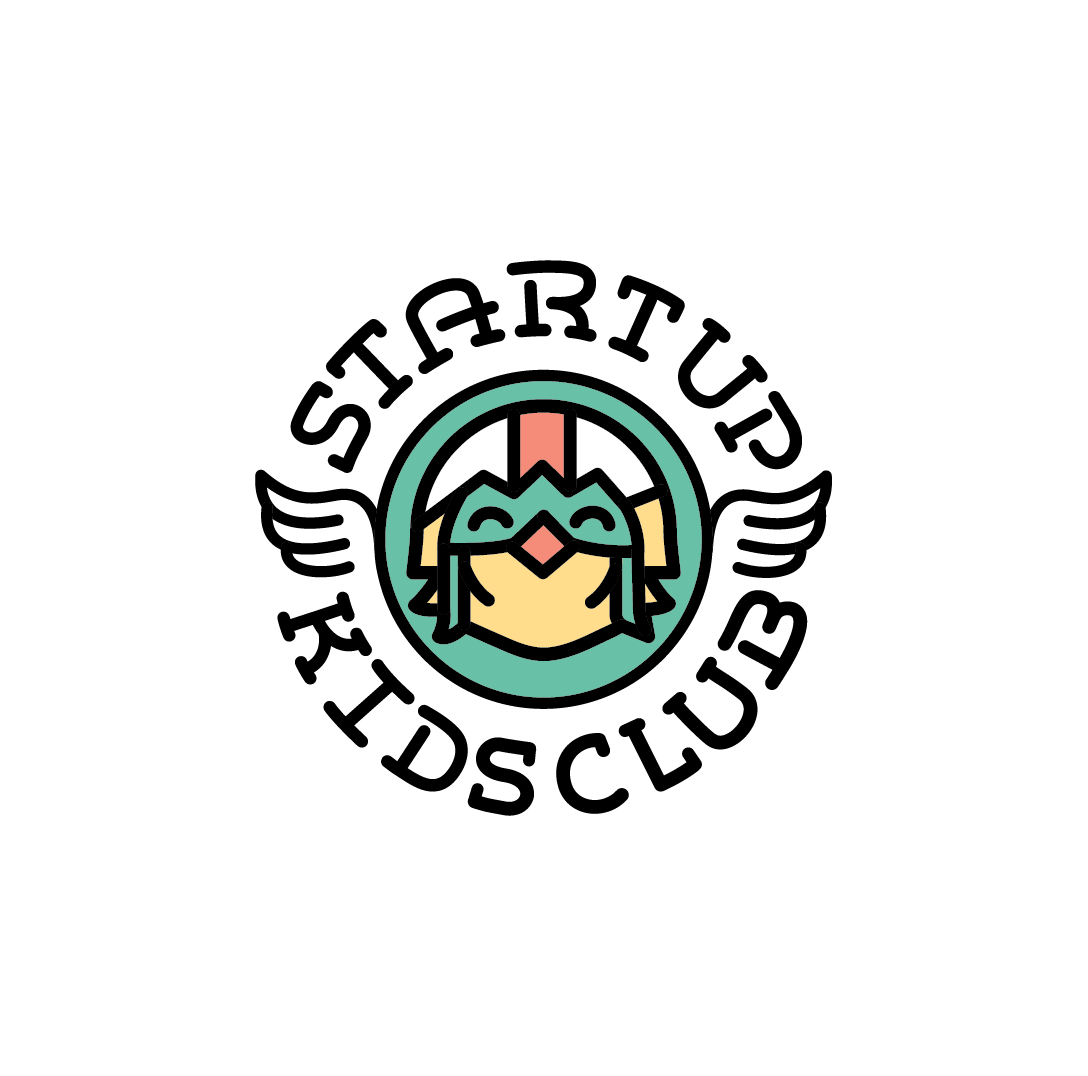What is the Maker Movement?
Are you a maker in the making? The Maker Movement has the potential to turn more and more people into makers instead of just consumers. Some have even deemed it the new industrial revolution – combining the spirit of the old shop class with modern accessible technology.
Wikipedia deems the maker culture as “a contemporary culture or subculture representing a technology-based extension of DIY culture that intersects with hacker culture (which is less concerned with physical objects as it focuses on software) and revels in the creation of new devices as well as tinkering with existing ones.” As the movement has gathered increasing momentum, makers have created their own market ecosystem, developing new products and services made by your average individuals working without supportive infrastructure. Some of these inventions include affordable or even free versions of 3D printing, robotics, microprocessors, wearable computing, e-textiles, “smart” materials, and programming languages.
In the classroom, the maker movement overlaps with the natural inclinations of children learning by doing. Curriculums based around the movement can offer much more than just “hands-on” crafting, bringing electronics, programming, and computational mathematics together in meaningful, powerful ways. A We are Teachers staff member stated in an article, “All students need challenge and ‘hard fun’ that inspires them to dig deeper and construct big ideas. Making science hands-on and interesting is not pandering to young sensibilities; it honors the learning drive and spirit that is all too often crushed by endless worksheets and vocabulary drills. Making is a way of bringing engineering to young learners.”




We recently discovered Makey Makey, a brand of invention kits for the 21st century. Joylabs, the manufacturers of the brand were inspired by the Maker Movement and created products that help people start to think of themselves as Makers and agents of change. “When you have the ‘Maker's Mindset,’ you know you can change the world.” Inspiring even more science, technology, engineering, art and math (STEM) projects, Makey Makey is an award-winning brand named one of Consumer Reports’ Best Tech Toys of 2014.
Why is it important for kids to develop entrepreneurial skills? Mariel Weinbender, Education Sales Manager for Joylabs told us, “It gives them skills of adaptability, critical thought and resilience. These are life skills that are applicable in a wide range of human endeavors and at all stages of life. They are skills that help transform a person from being a passive consumer, into an active creator within their communities.” Regarding the Makey Makey products, Weinbender said,
“We focus on encouraging creative confidence and invention literacy in people. These are foundational skill that give people the confidence in their own ability to question the status quo and affect change...the first steps to an entrepreneurial mindset.”
With Makey Makey products, you can turn everyday objects into touchpads and combine them with the internet. It's a simple Invention Kit for Beginners and Experts doing art, engineering, and everything in-between. First setup takes seconds. Then make game controllers, musical instruments, and countless inventions. Advance to additional inputs and multi-key remapping up to 18 keys.
How do they work? Weinbender said, “Our Makey Makey products work just like a USB keyboard or mouse, sending keyboard (WASD, spacebar, etc) and mouse (left click, right click, etc) signals to your computer.
The Makey Makey Classic works through the opening and closing of circuits (resistive sensing), just like any other button. Instead of the circuit being closed underneath your keyboard, the circuit is closed through the conductive objects you connect with alligator clips like your hand or your lunch or some tinfoil. When the circuit is closed, the Makey Makey sends a command to your computer, just like when a button is pressed on a keyboard. There are up to 18 outputs on the Classic kit which makes this product better for more complicated projects that use multiple buttons.
Makey Makey GO works through capacitance, like a button on a touchscreen. When you connect something to the Makey Makey GO, the GO senses the capacity of that object to hold electricity. When you touch the connected object, that capacity suddenly expands to include your whole body! And the Makey Makey GO senses the difference and sends a command to your computer. The GO only has 1 output, therefore it is more portable and better for inventing on the ‘GO’ and for simpler one-button projects.”
The kits include everything you need to get started: Makey Makey Board, USB Cable, Alligator Clips, and Connector Wires. All you do is Alligator Clip two objects to the Makey Makey board: for example, you and a banana. When you touch the banana, you make a connection, and Makey Makey sends the computer a keyboard message. The computer just thinks Makey Makey is a regular keyboard (or mouse). Therefore it works with all programs and webpages, because all programs and webpages take keyboard and mouse input. Your only limit is your creativity. For example, here is a photo of an 8-year-old using Makey Makey: She invented a "knife-and-log" interface for cutting virtual wood in an online game. Here is a video for a few more ideas on how to use the kit: https://youtu.be/rfQqh7iCcOU
Recommended for ages 8 to infinity.
For more information, visit: https://www.makeymakey.com/
Ready to make a purchase? Shop through our Amazon affiliate:
Contribution by Stephanie Threinen

